|
Today I'm going to explain how I make the initial drawing for the painting onto my panel, using comparative measurements. Here's a photo of the subject. To make the measurements, I hold out a paintbrush, keeping my arm straight at the elbow. I mark the measurements with my thumb on the paintbrush. First I measure the height of the arrangement, and then keeping my thumb in the same place on the paint brush, and my arm still held straight, I rotate the brush by 90 degrees to compare the measurement to the width of the arrangement. I find the height of the arrangement is slightly greater than the width, so I mark a rectangle with these proportions by eye on my panel. I'm using a mixture of burnt umber and ultramarine blue thinned with medium to make the drawing. If I make any mistakes, I can easily wipe them away with some white spirit. Next I make some comparisons of the main proportions within the still life arrangement. The first comparison I make, of the width of the flowers to the height from the bottom of the jug, shows the width is approximately 3/4 of the height Next, I note that the width across the bottom flower to the right hand edge of the jug, is approximately the same as the width of the top flowers. 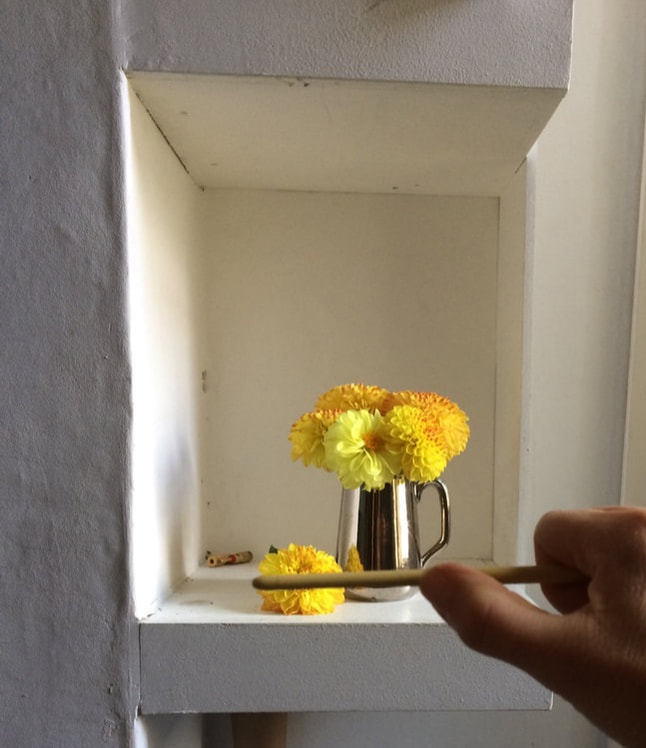 I find the height of the jug, and compare it to its width. I find it's about twice as tall as it is wide. 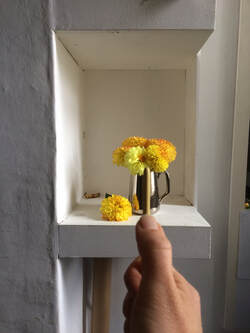 I plot the points I have measured within the initial rectangle I marked out.I draw another rectangle divided vertically in half to help draw the jug. I find marking the halfway point helps me to keep the jug or vase symmetrical. I check the angles of the sides of the jug with my paint brush. Here I'm working out the relationship of the handle to the rest of the jug. Now I have enough information to plot all the outermost points of the arrangement, at this point you can carry on using comparative measurements to complete your drawing, but I usually fill in the rest by eye. Heres the finished drawing. The proportions aren't 100% accurate, but they are close enough to make the painting work. 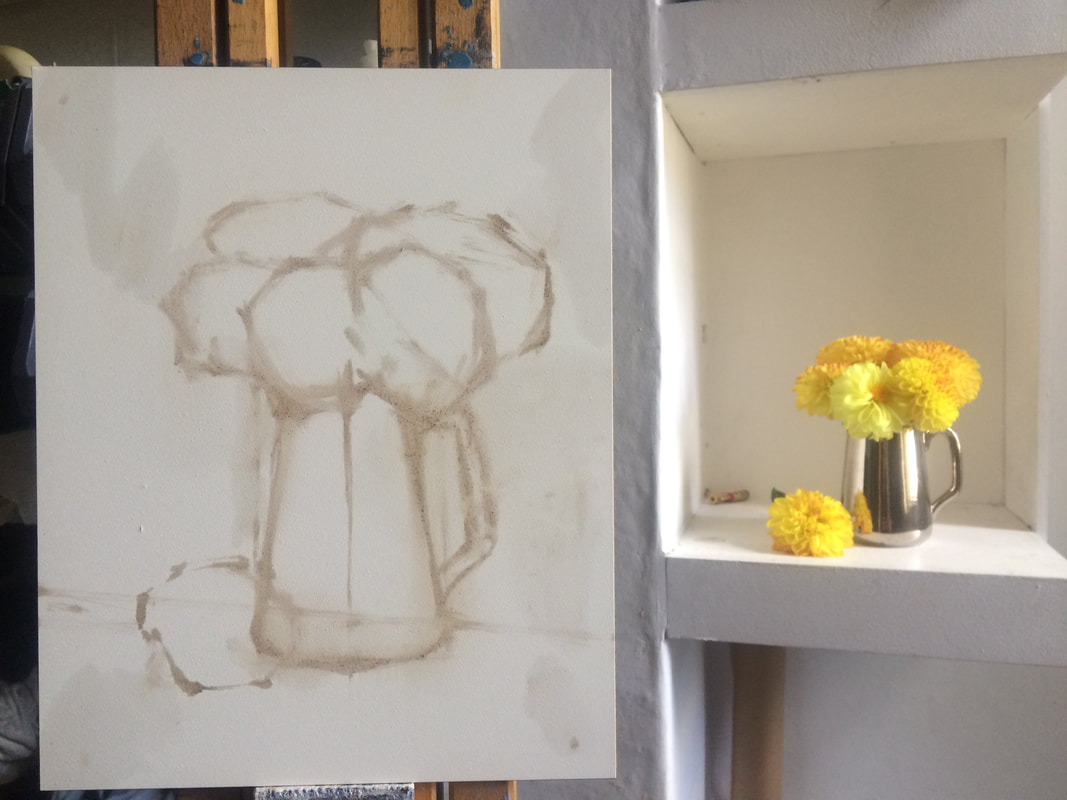 If you have any questions or suggestions, please leave them in the comments below.
2 Comments
I've been meaning to paint cornflowers all summer, and finally today I got round to it. Just in time too , most of the cornflower plants on my have died back now and I just have one with a few flowers left. Heres a photo of the arrangement. Here's the initial block in. I use hog filberts for this stage, I like the texture these brushes create, which is useful for suggesting details which would be fiddly to paint in. Next I use some small round kolinsky sables to pick out some details, I also build up a little impasto here and there in the lightest parts. I mix up a pile of colour for the background, and with another sable, cut in the outer shapes of the petals more accurately, tasing negative shapes. To give a bit of variety to the edges, in some places I paint the petals back over where I cut in with the background. Heres the finished painting. When Its dry and varnished I'll update this photo with a better one ( this one is taken on my phone)
Oil on panel 4x6" (sold) 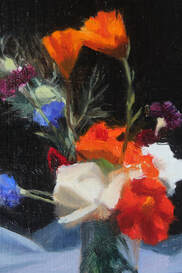 I painted this back in June, just as all the flowers were starting to come out on the allotment. I felt the need to get on and paint them because time is so short and I never get to do all the paintings I'm hoping too in each season. I stayed up late to paint this little study under the studio lights, and I'm glad I did as I still haven't got round to doing a larger painting containing these flowers. The posy contains nasturtiums, roses, sweet peas, cornflowers, calendula and nigella. Oil on panel 12x9" available from Singulart online gallery I started this painting back in April after the weather had gone cold and grey. I needed a splash of colour and sunshine!
The addition of lemons links this floral composition back to my previous lemon series. Oil on panel 5x7" (sold) I was pretty excited to be able to paint the first rose from my rose bush which grows on my allotment. Its a lovely old fashioned type but I don't know its name as I inherited it with my plot when I took over a couple of years ago. It does tend to suffer quite badly with black spot so fingers crossed I get a few more before it gets too badly affected.
White Ranunculus Oil painting on panel 5x7" (sold) If you've been reading my blog already, you'll know that on the first of January I set myself the challenge of producing a painting every day this year. Since then I've produced a lot of small paintings, and although I've been updating my instagram account @rlpaintings, I haven't managed to keep up to blogging about them.
It was proving to be too time consuming to write a post for each painting, and also I'm not keen on putting up iphone snaps here. I prefer to take a good photo with my digital SLR and that takes a little more time than I've got on a daily basis. So now i'm just going to be updating my blog and facebook with the best of the daily paintings, and also the larger works once completed. The white ranunculus flowers were lovely to paint - such nice rounded forms. I definitely want to paint some again when I get the chance! Oil painting on panel 10x10" I started this painting late on Saturday night, but by 1.30 am I decided I had to go to bed - its a shame because now I won't be able to complete the painting alla prima (in one session) as I'd hoped. The jug still needs some work and I'll have to let it dry before working on it again. I'm happy with the daffodils though so I can leave them as they are thankfully. The slide show below shows some progress shots up to where I left off last night. Oil painting on panel 8x10" After all the dark paintings recently I felt like trying some flowers against a white background. The weather returned to grey wintry light which gave nice soft shadows. It was great to be able to use these rich magentas and purples - not colours I often get to use. The cyclamen were obligingly easy to paint but the glass I'm not happy with, so this will have to stay another morning on my easel ( so much for completing this as a daily painting as I initially hoped!)
Oil painting on panel 16x11" Here’s what I’ve been working on for the last couple of mornings. Its on a much larger panel than I usually use (16x11”) and its a bit experimental- placing the brightly lit primroses really close to the edge of the panel with the rest of the panel filled with the darkness behind. I wanted to see how far I could push the primroses to the edge of the composition and still get the picture to work. The photo has lost some of the detail in the darks and lights, but in the painting it seems that the diagonal line of the cast shadow balances the primroses. I think the effect is quite dramatic, highlighting both the fragility of the flowers and the brightness of their petals in the light. I’m going to try out some more flowers on larger panels like this.
Oil painting on panel 8x8"
One of the positives to come out of my daily painting practice has been trying out new subjects. I've really got into painting flowers, and have decided to make a series of flower paintings. I think most of these are going to take me two sessions rather than one (remember I only have a couple of hours per day to create my daily painting - not a whole day) so while I'm doing these I will be posting every other day.
I'll still do other smaller daily paintings on the days I'm not working on this series. These primroses were really hard to paint! The petals are almost flat and as a result had the very subtlest changes in value across them. The folds in the petals were quite crisp and deep, hard to suggest without overdoing and creating very hard edges. I think I spent a large amount of time making adjustments to those creases and getting very frustrated with the results. Its one of those paintings I like better now I can't see it compared to the subject! It seems to work ok as a painting but really I didn't feel that I'd done the primroses justice at all at the time. I've included some process shots below. I started with the pot and foliage but could equally have started with the flowers, in fact I think that would probably have made more sense as the flowers are likely to change much more. I'm starting with the flowers in my latest painting of some daffodils and will do a blog post about it tomorrow. I hope the process photos are interesting, and maybe even useful if you are learning to paint. If you have any questions, please leave a comment, I'd be glad to help. |
About meI am a realist painter, working in oils, painting landscape and still life. Archives
April 2021
Categories
All
|
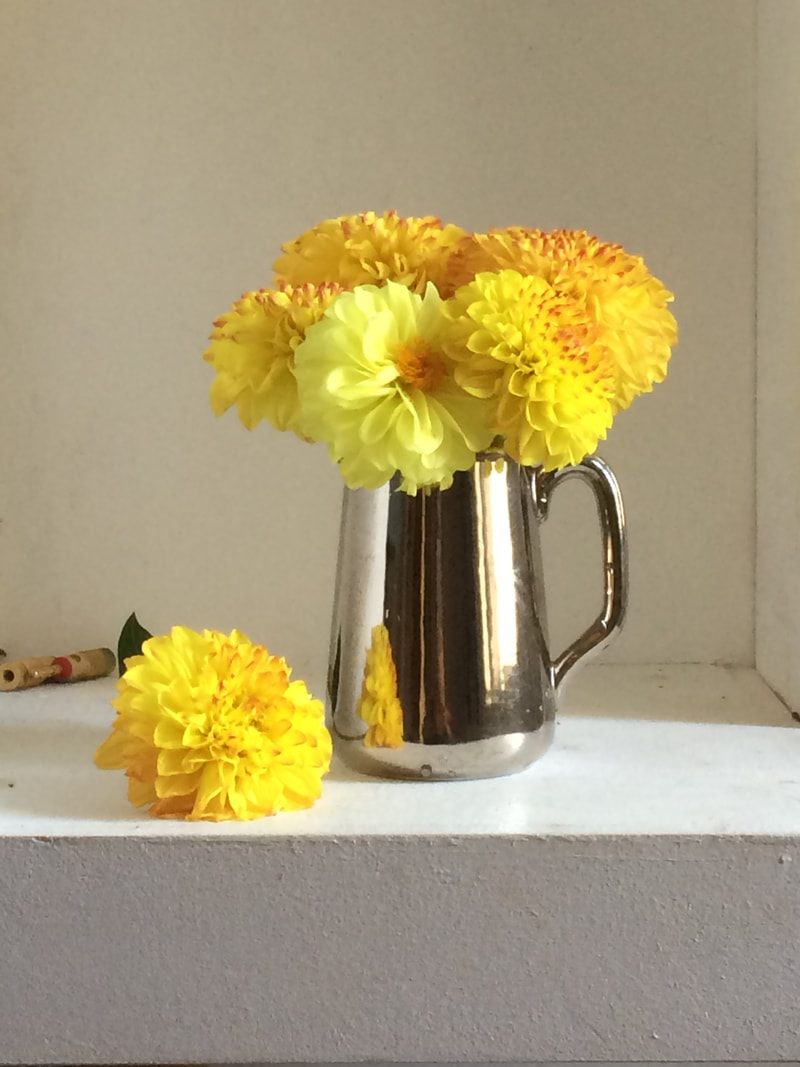
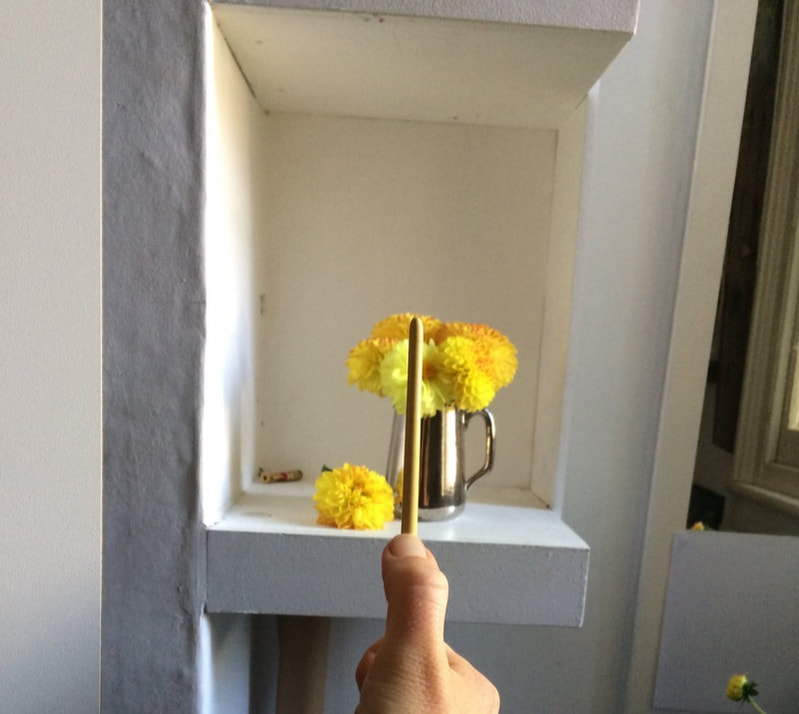
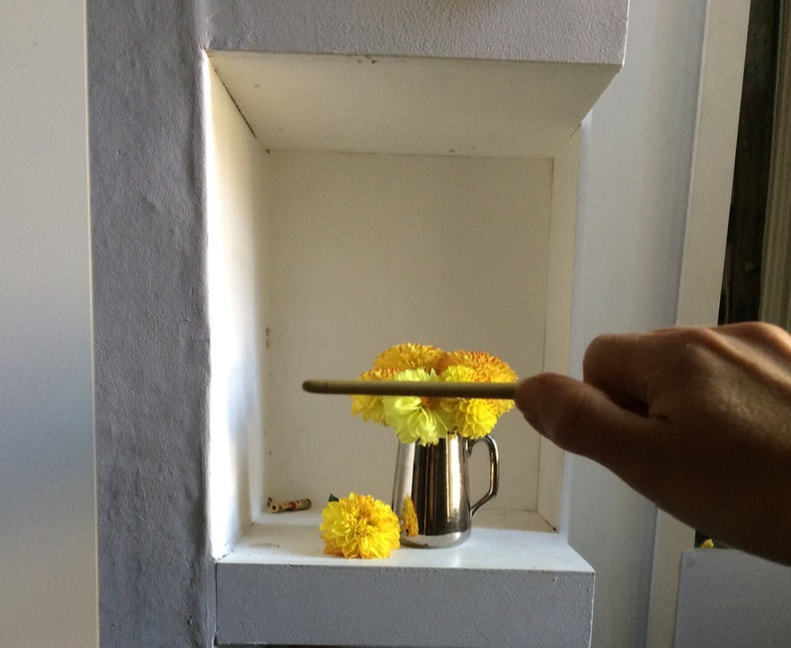
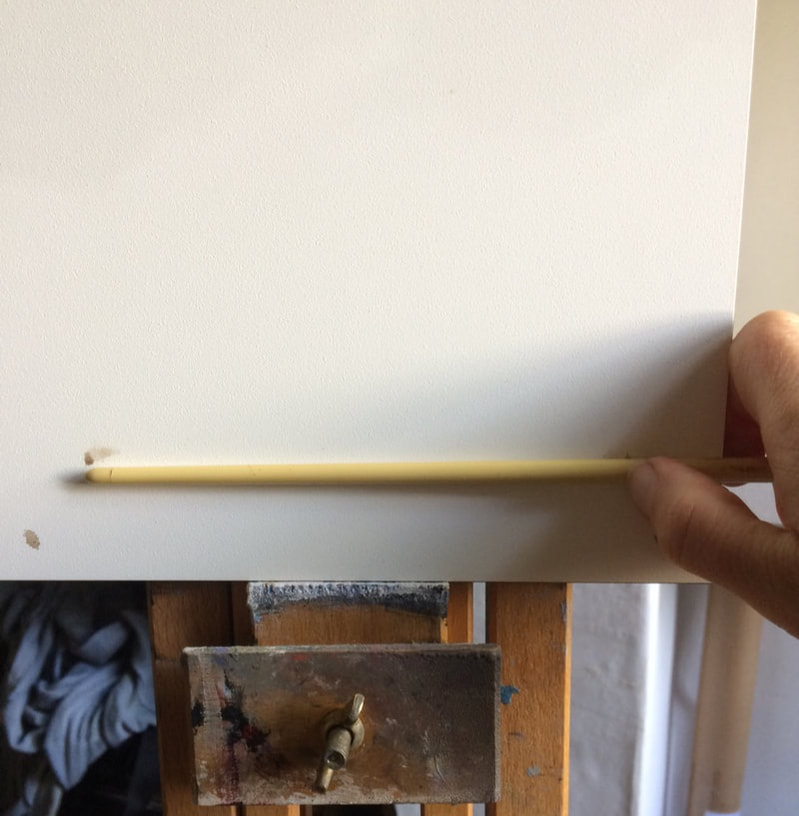
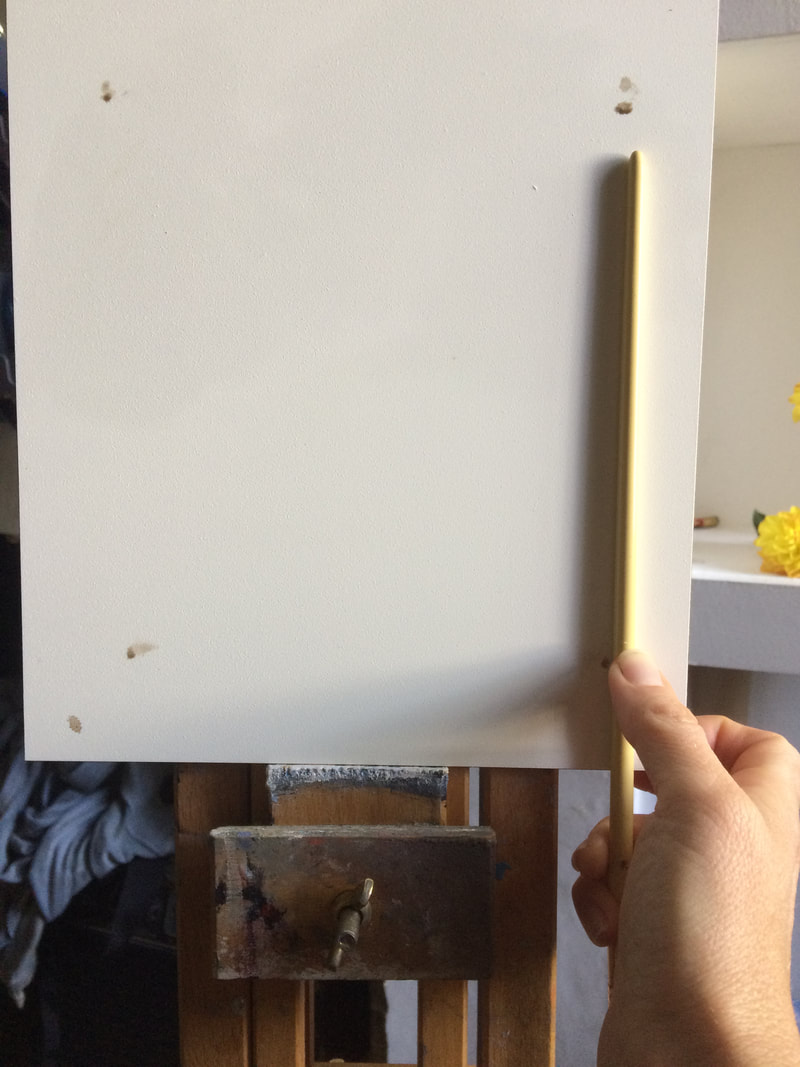
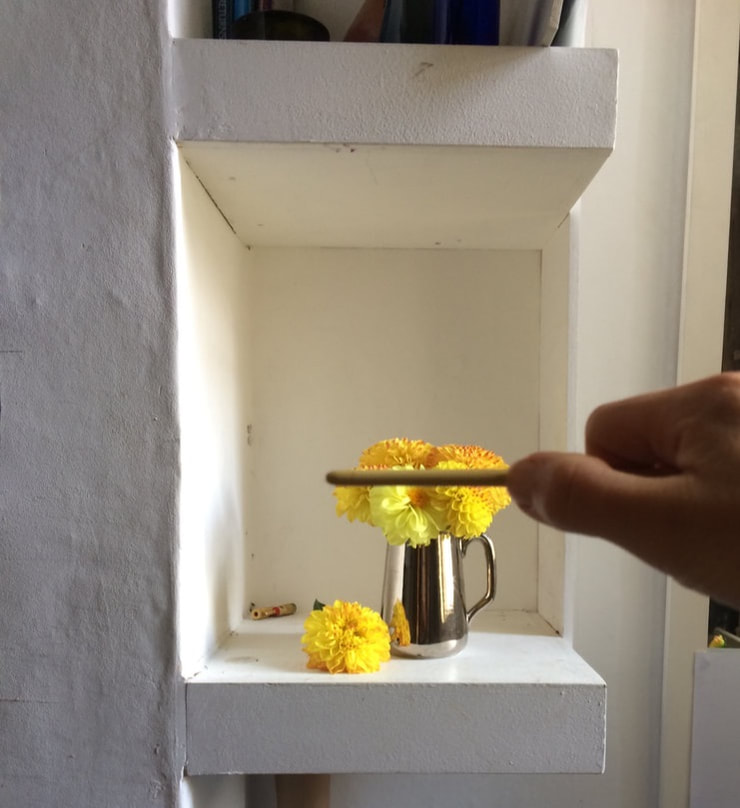
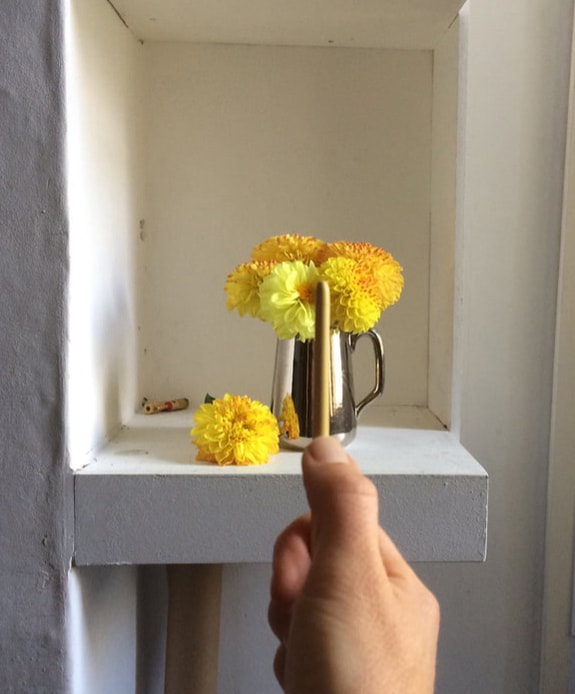
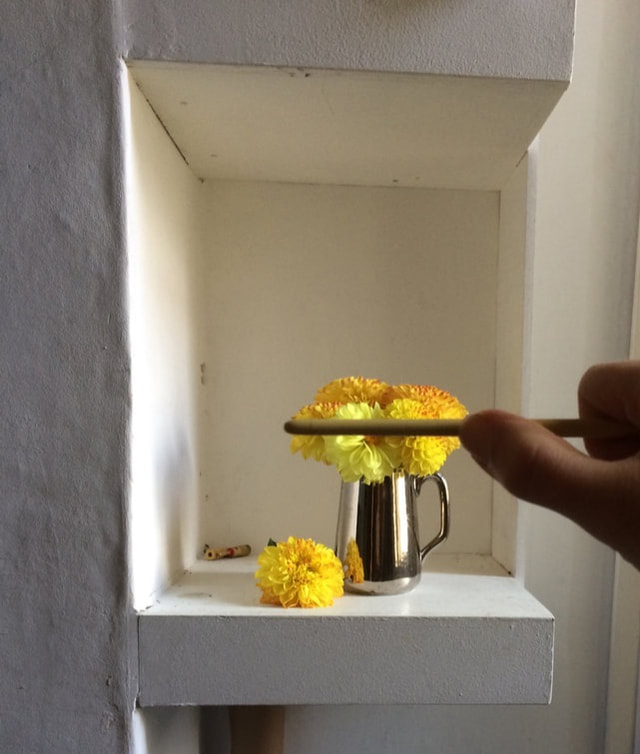
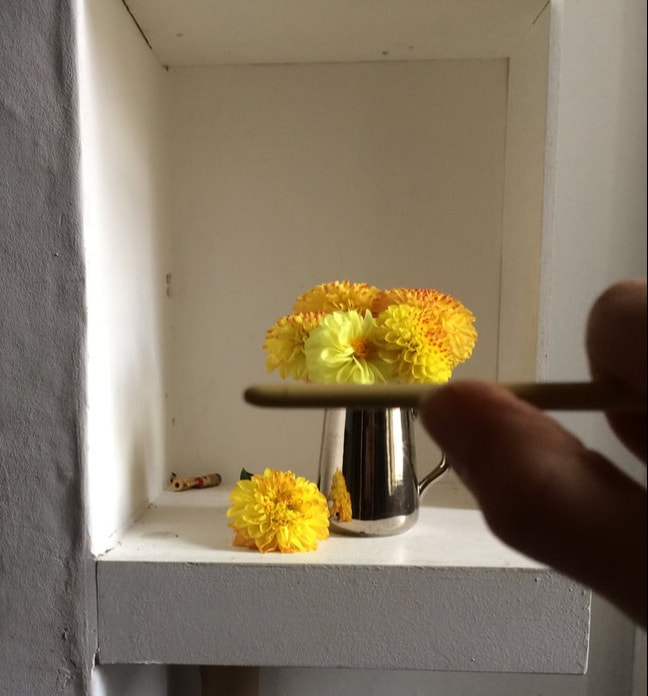
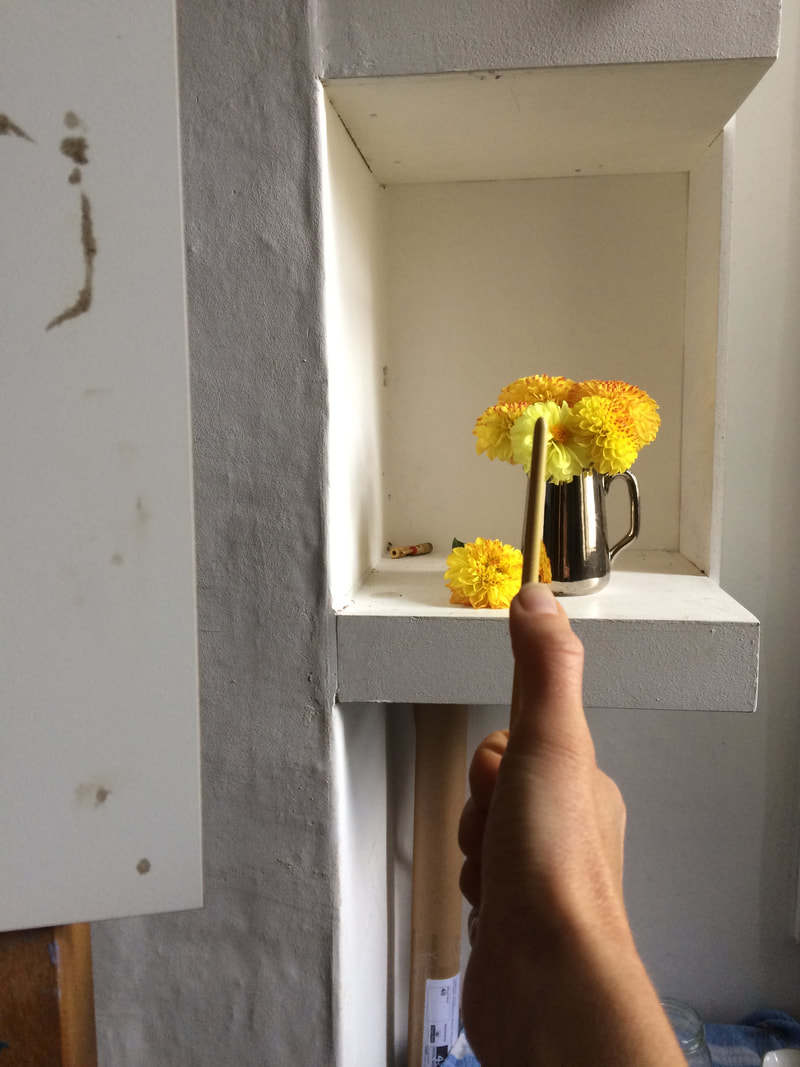
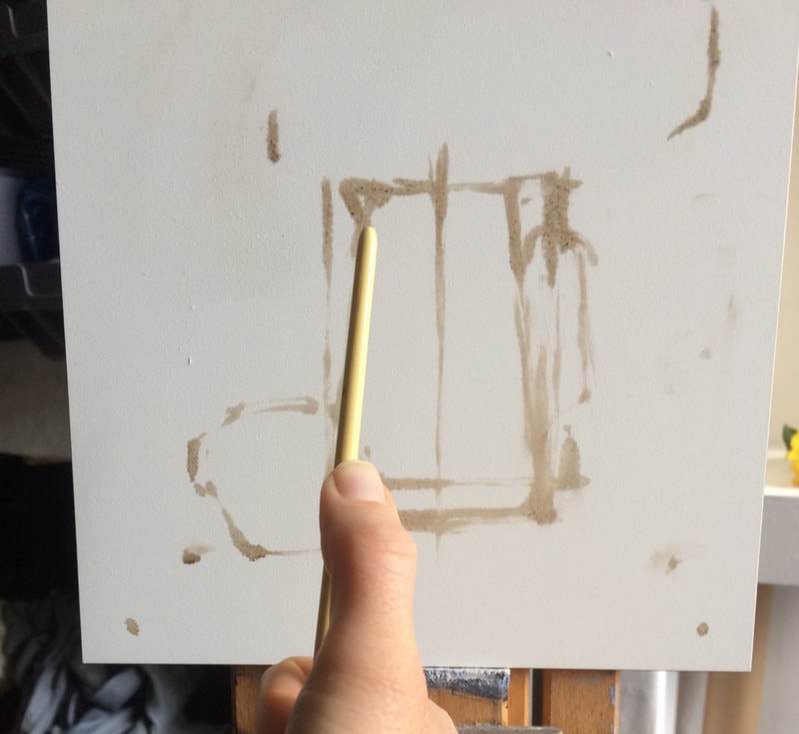
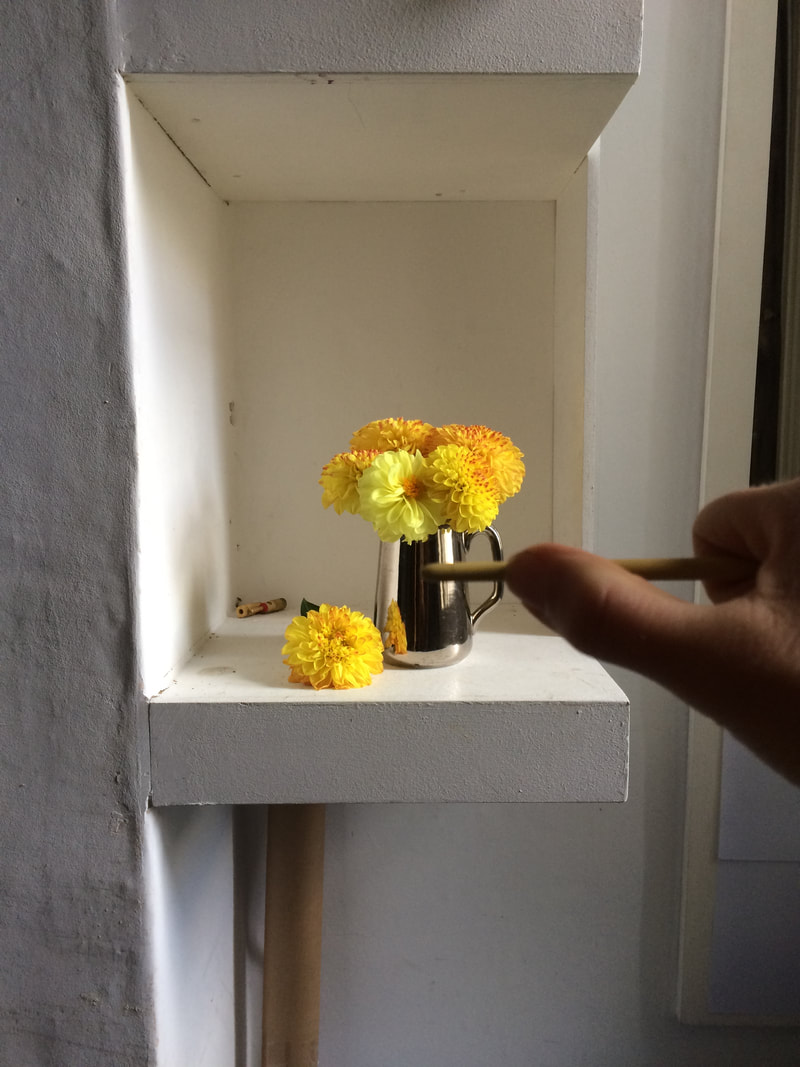
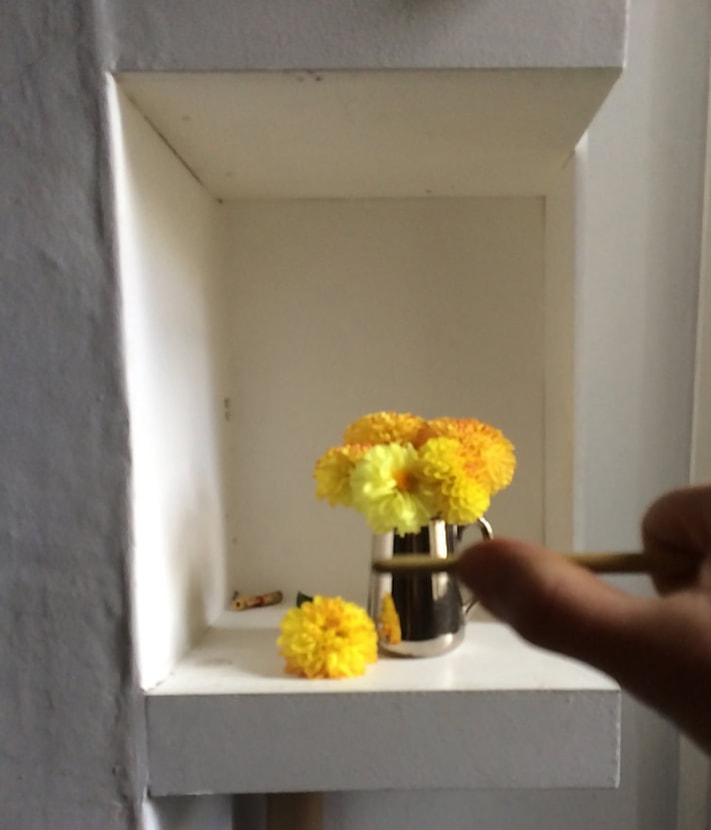
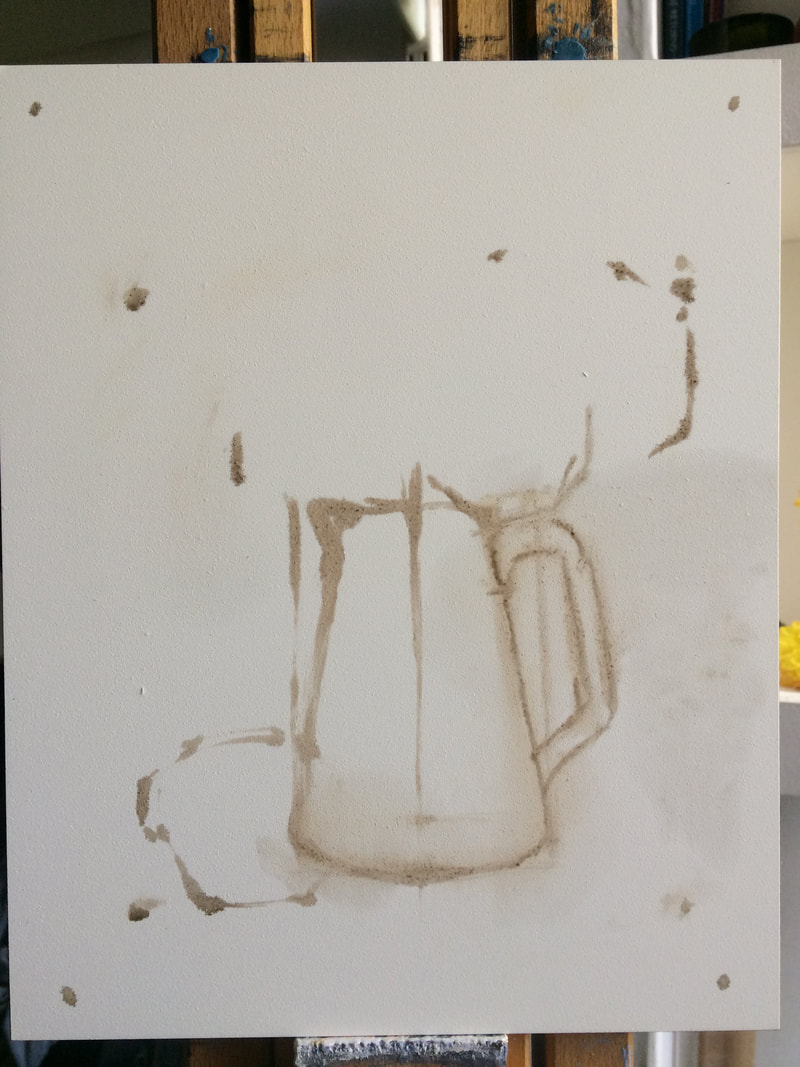
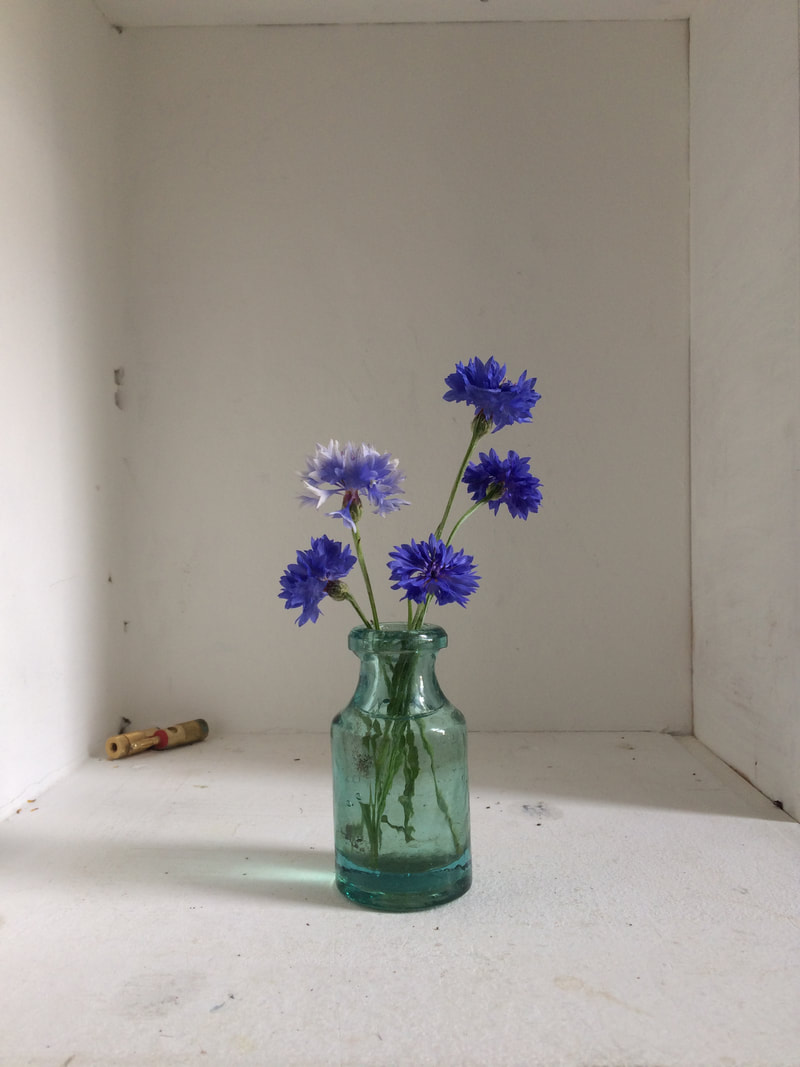
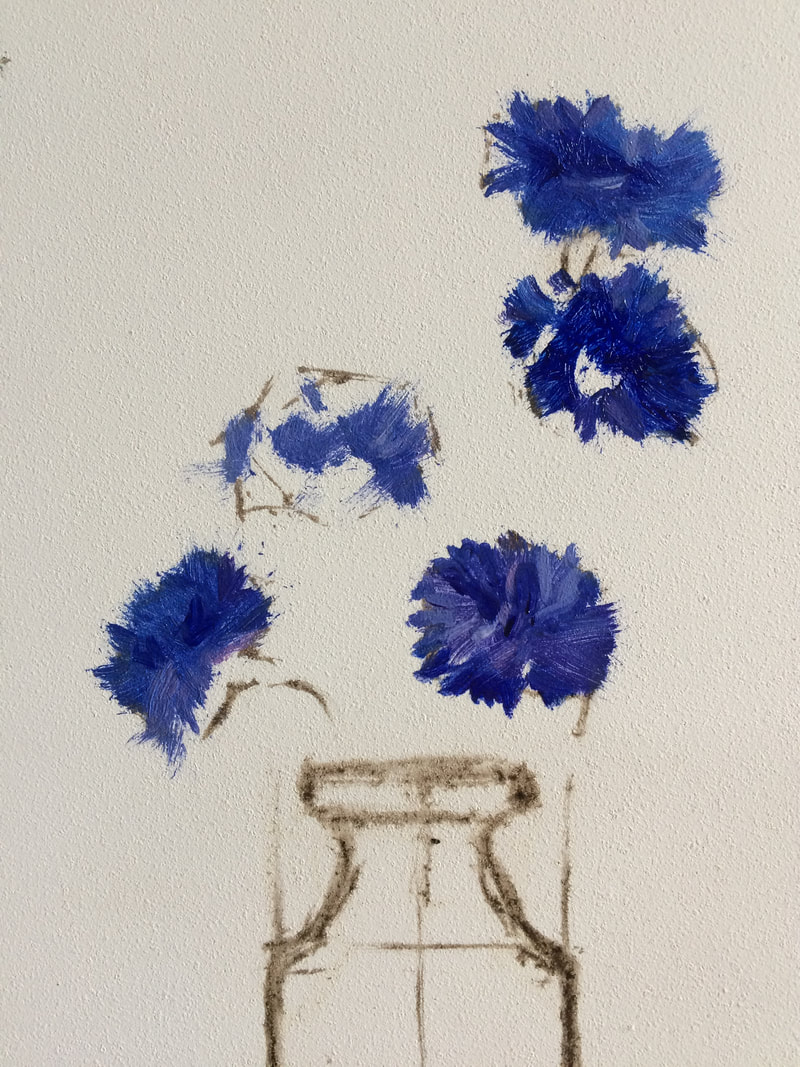
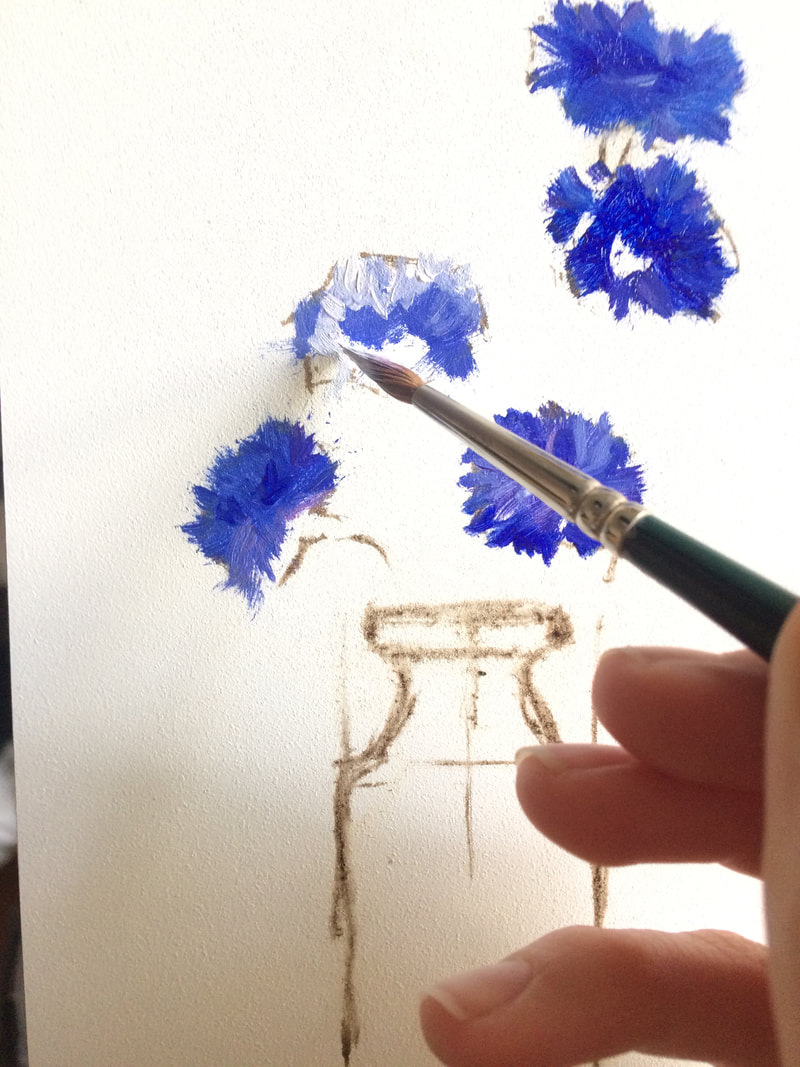
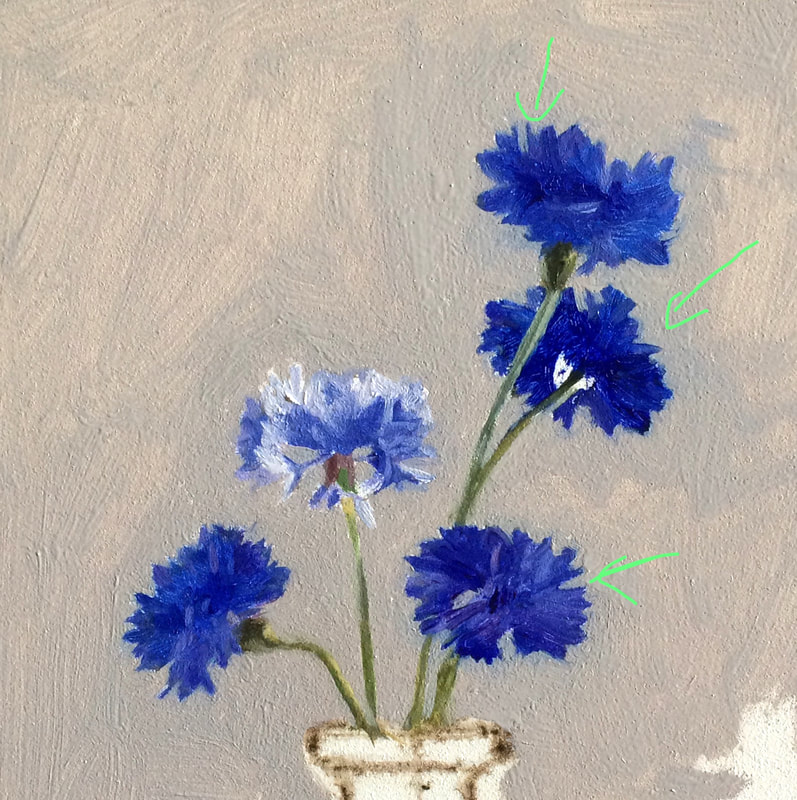
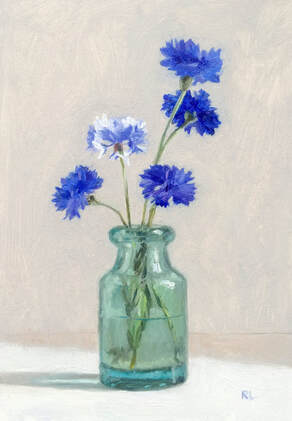
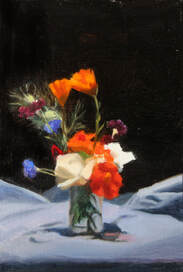
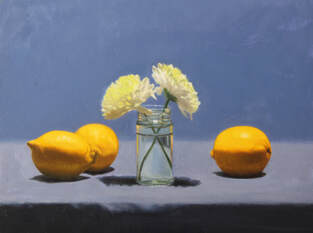
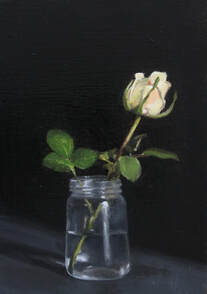
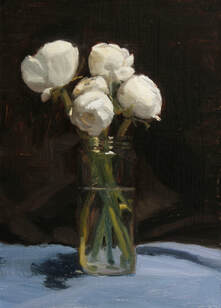
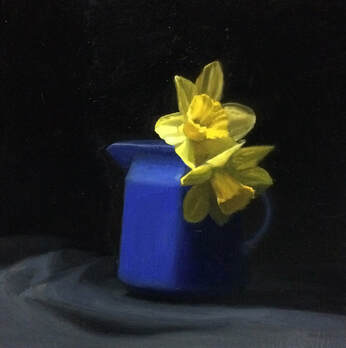
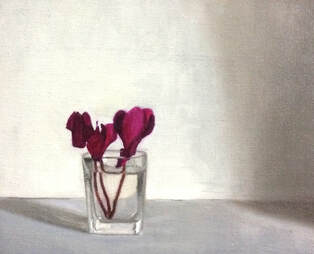
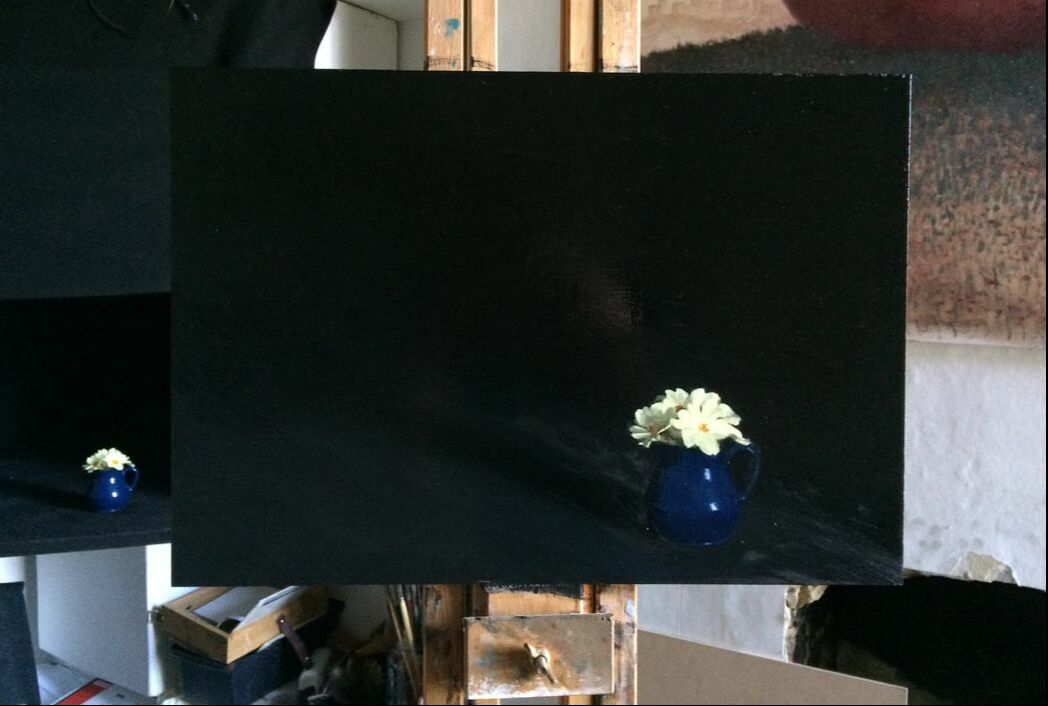
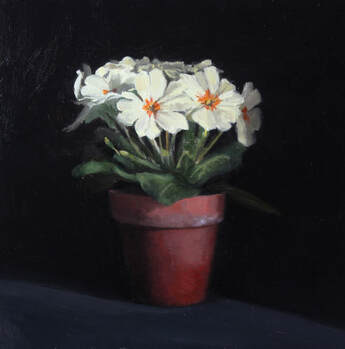
 RSS Feed
RSS Feed